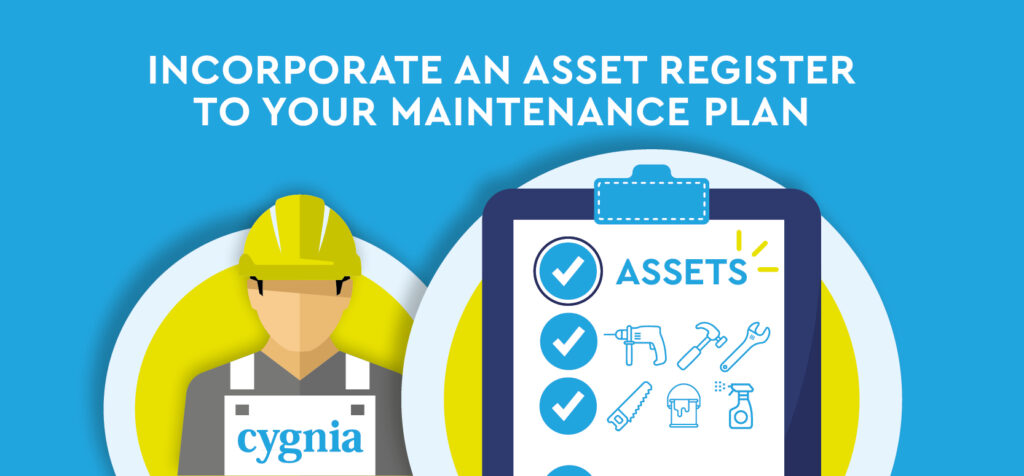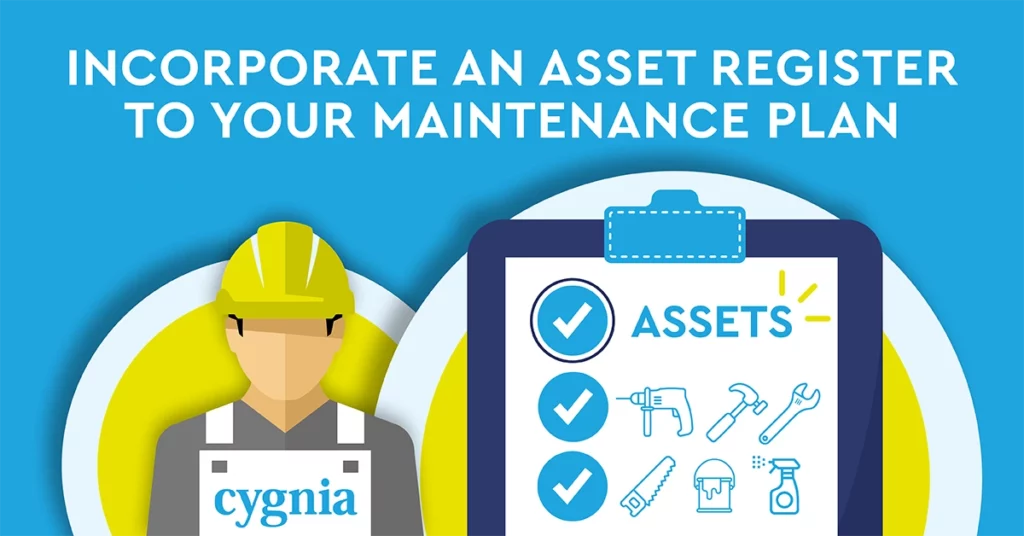
Recently we posted an article that looked at the reasons why your business should have a signage maintenance plan. We touched briefly in this article about asset registers, and said we would cover these in more detail in a separate article. So as promised we’re now going to look at what is a Signage Asset Register and how you use an asset register in your signage maintenance plan.
About Signage Asset Registers
While the term can be applied quite broadly, a signage asset register is a detailed listing of the signage used within your premises. It is effectively a record of what you own or have.
By creating a signage asset register you will have data covering important elements that are relevant to your signage maintenance plan.
It’s worth noting here that the process of setting up and maintaining your signage asset register may take a while. It can mean you spending time looking for information seemingly scattered to the darkest corners of your business. But, by having this information in one place, it becomes a very important part of your signage maintenance plan.
The Benefits of A Signage Asset Register
With the need to provide signage that is both safe and works hard to promote your location, a signage asset registry provides some key benefits, including:
- A single view of your signage that becomes the basis of your maintenance strategy
- Helps you to better understand the condition of signage quickly across your estate
- Enables you to prioritise spend for urgent issues
- Makes it easier to plan future spend for less important P3 / P4 condition reports
- Can use the asset register to forecast the required spend for brand changes / LED upgrades
- Shows you are prioritising Health & Safety compliance
What Should Be Included in a Signage Asset Register?
The range of information you can potentially include in your signage asset registry is very broad. Some information you may consider of little value. But there is a core amount of data that you should aim to collate.
For your signage maintenance plan to be effective it should contain details of the signage it is responsible for. The ideal way to do this is to compile an asset register of relevant signage across your estate. This register would include information such as:
- Location of the signage
- Type & Condition of each sign
- Condition of sub fascia
- Type and condition of lighting and illumination
- Condition of fastening and fixtures
- Condition of weather proofing & bird spikes
- Condition of awning / canopy
- Reporting of other factors affecting integrity of sign such as blocked gutters / bird mess / irrigation systems for plant watering
- P1 Report of immediate concerns that affect the safety of the signage –
- P2 Report of intrusive inspection / further investigation required to confirm integrity of signage
- P3 Report non urgent repairs such as illumination faults / minor sign repairs required within a 6 month period
- P4 Report non urgent repairs such as illumination faults / minor sign repairs / Cosmetic repairs required within a 12 month period
You may also want to include further details, such as:
- Date the signage was installed & by whom (if known)
- Expected End Of Life Date
- The total cost of ownership (a cumulative figure that includes purchase, installation and maintenance)
- Images of the signage
- Manufacturer’s warranty
- ESG factors, including signage materials and their disposal methods
With Cygnia, much of this information is detailed within our quotes and inspection reports, helping you to save time trying to find what can be disparate data and bringing it together.
The Practical Results Of A Signage Asset Register
By having this register, you will have the complete life story of every sign in place across your retail estate. If required by the Health & Safety Inspector, you can show the ongoing results from your signage maintenance plan, which is supported by your signage asset register.
For each sign, you will have details about each inspection, repair and associated works. This also helps improve First Time Fix Rates. A maintenance engineer will be able to view the maintenance history of a sign. They can determine the work previously undertaken, and ensure their tasks are effective.
And finally, an asset register provides an excellent basis for any detailed signage surveys across your estate. This will save significant time and budget otherwise spent collating the data.
How To Set Up A Signage Asset Register
Perhaps the easiest approach when creating your first signage asset register is to use a basic spreadsheet approach. This allows you to enter details in a structured format, and over time you can spot any gaps in your signage knowledgebase and fill them. Even quite comprehensive registries can be easily handled by a spreadsheet. When you use the filtering and sorting options you can then isolate signs or look for patterns and trends.
This spreadsheet approach also proves useful if you decide to move up to using asset management software. Most providers will allow you to upload the data from a spreadsheet, saving you a huge amount of time end effort. The data can also be incorporated into some Building Information Systems. This gives you a comprehensive, 360 view of your estate.
The First Step To An Effective Signage Asset Register
Is your signage maintenance plan missing an asset register? Then we recommend contacting us to help you get on started. With our guidance you will have a basic register set up and rapidly populated with the essential data. Helping you ensure an asset register in your signage maintenance plan keeps your commercial signage working hard and staying safe for everyone.
